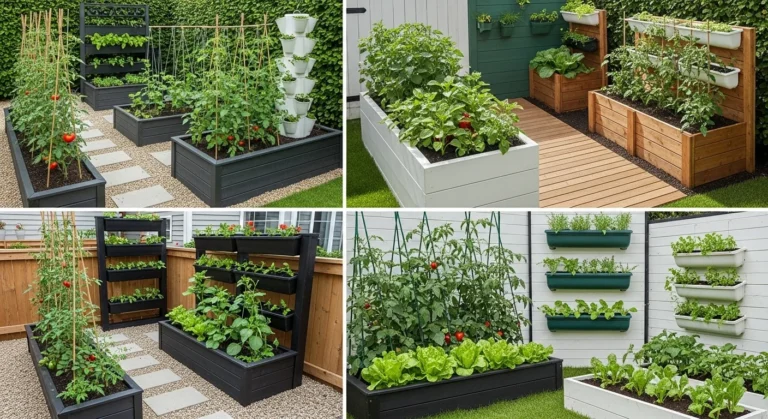Healthy Living: 10 Mold-Controlling Plants You Need Indoors

Bathrooms, kitchens, and even bedrooms can sometimes suffer from excess humidity and poor ventilation, which create the perfect environment for mold growth. While cleaning products can help, there’s a natural solution that not only improves air quality but also adds beauty to your home—indoor plants. Certain plants are known for their ability to absorb moisture, purify the air, and reduce mold spores, making them powerful allies in creating a fresher, healthier living space.
Bringing plants into your home isn’t just about decoration. By carefully choosing varieties that thrive in humid or low-light conditions, you can combat mold while enjoying lush greenery year-round. From air-purifying ferns to hardy snake plants, the right indoor plants do double duty: beautifying your space and acting as natural mold fighters. Below, we’ll explore 10 indoor plants that are excellent for mold control, each with unique benefits and easy-care qualities.
1. English Ivy (Hedera helix)

English Ivy is one of the best-known plants for mold control. Studies have shown that it can reduce airborne mold and toxins, making it a great addition to bathrooms, kitchens, or basements. This trailing plant is versatile—you can let it cascade from a hanging basket, grow it along a trellis, or keep it in a small pot. English Ivy thrives in medium to low light and enjoys slightly moist soil, but avoid overwatering to prevent root rot. With its classic green foliage, it brings both elegance and freshness to mold-prone spaces.
2. Peace Lily (Spathiphyllum)
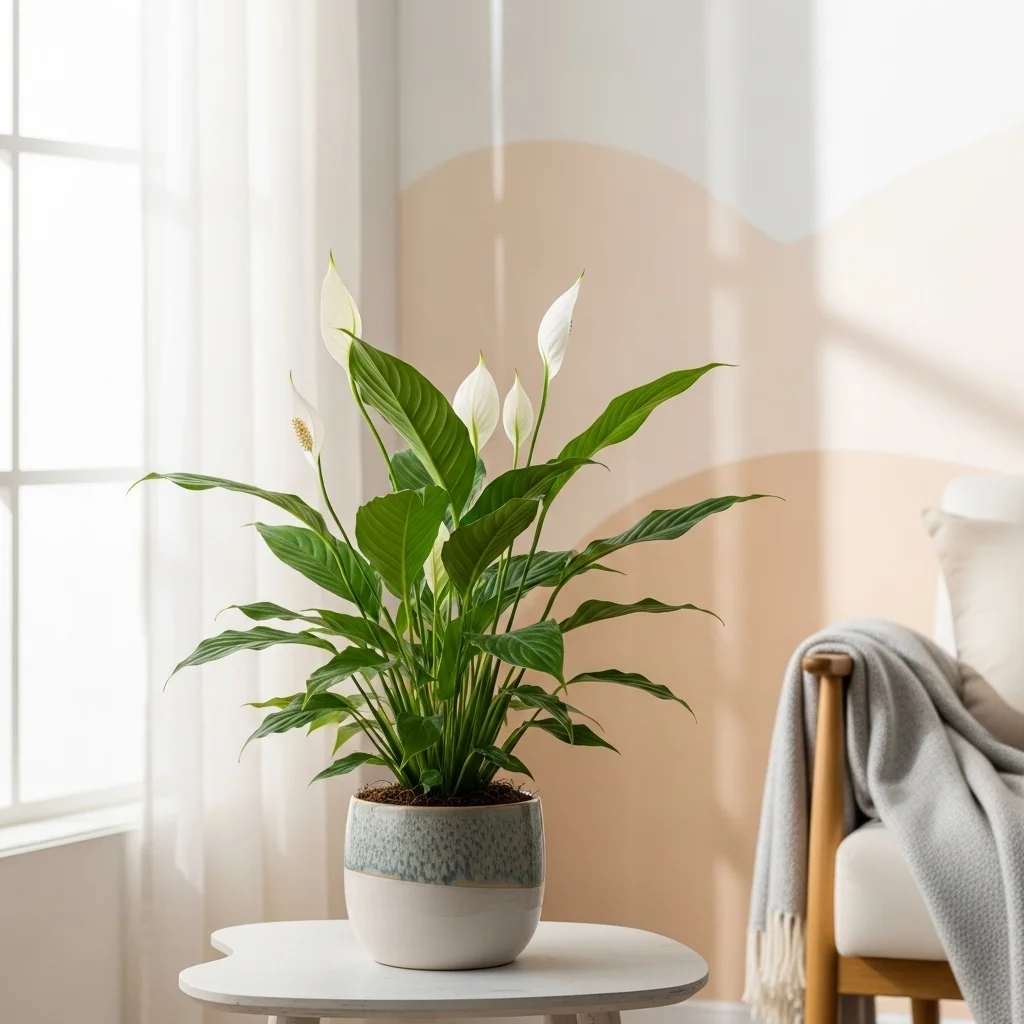
Peace Lilies are natural air purifiers that help reduce mold spores and improve humidity levels indoors. Their large, glossy leaves absorb moisture from the air, helping to keep mold at bay. In addition, their white blooms add a touch of sophistication, making them both practical and decorative. Peace Lilies thrive in low to medium light and prefer consistently moist soil, making them ideal for bathrooms and laundry rooms. They also help filter out harmful toxins, creating a healthier environment overall.
3. Boston Fern (Nephrolepis exaltata)
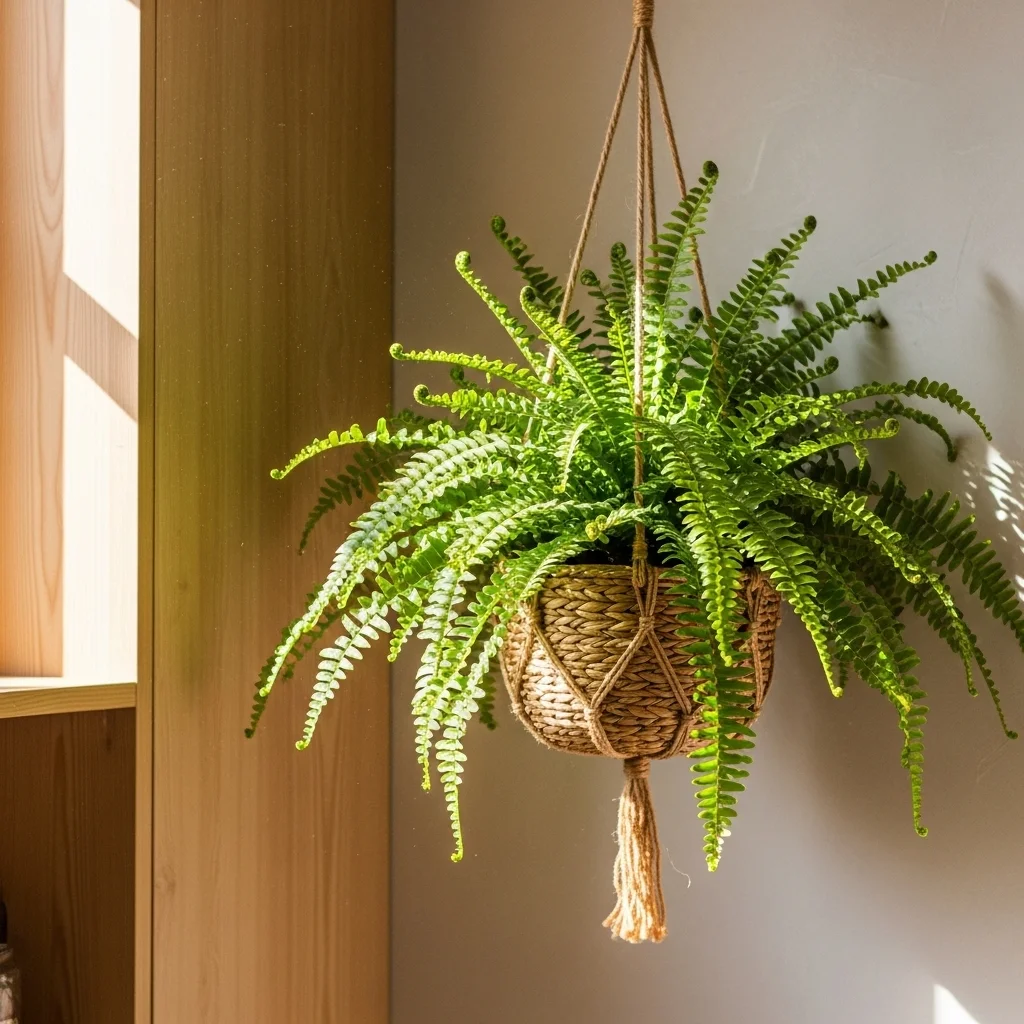
Boston Ferns are lush, leafy plants that naturally absorb excess humidity and airborne pollutants. Their feathery fronds love moisture, which makes them excellent for bathrooms, where mold often develops. They thrive in indirect light and require regular misting or a humid environment to stay healthy. By balancing the moisture levels in your home, Boston Ferns not only add vibrant greenery but also reduce the conditions that encourage mold growth.
Read also. 15 Faux Plants for Front Porch Décor
4. Snake Plant (Sansevieria trifasciata)

The Snake Plant, often called “Mother-in-Law’s Tongue,” is one of the most resilient houseplants and a fantastic option for mold control. Its upright, sword-shaped leaves are highly efficient at filtering air and removing toxins. Unlike some plants, the Snake Plant also produces oxygen at night, which can improve bedroom air quality while combating mold spores. It requires very little water and thrives in low-light environments, making it a perfect fit for damp or mold-prone rooms.
5. Bamboo Palm (Chamaedorea seifrizii)

The Bamboo Palm not only brings a tropical vibe to your interior but also works hard to reduce mold spores and maintain healthy air quality. It thrives in indirect light and prefers moist soil, making it suitable for humid rooms. Bamboo Palms naturally absorb moisture from the air, which helps balance humidity and reduce mold growth. Their graceful fronds add elegance to any room while creating a cleaner, fresher atmosphere.
6. Areca Palm (Dypsis lutescens)
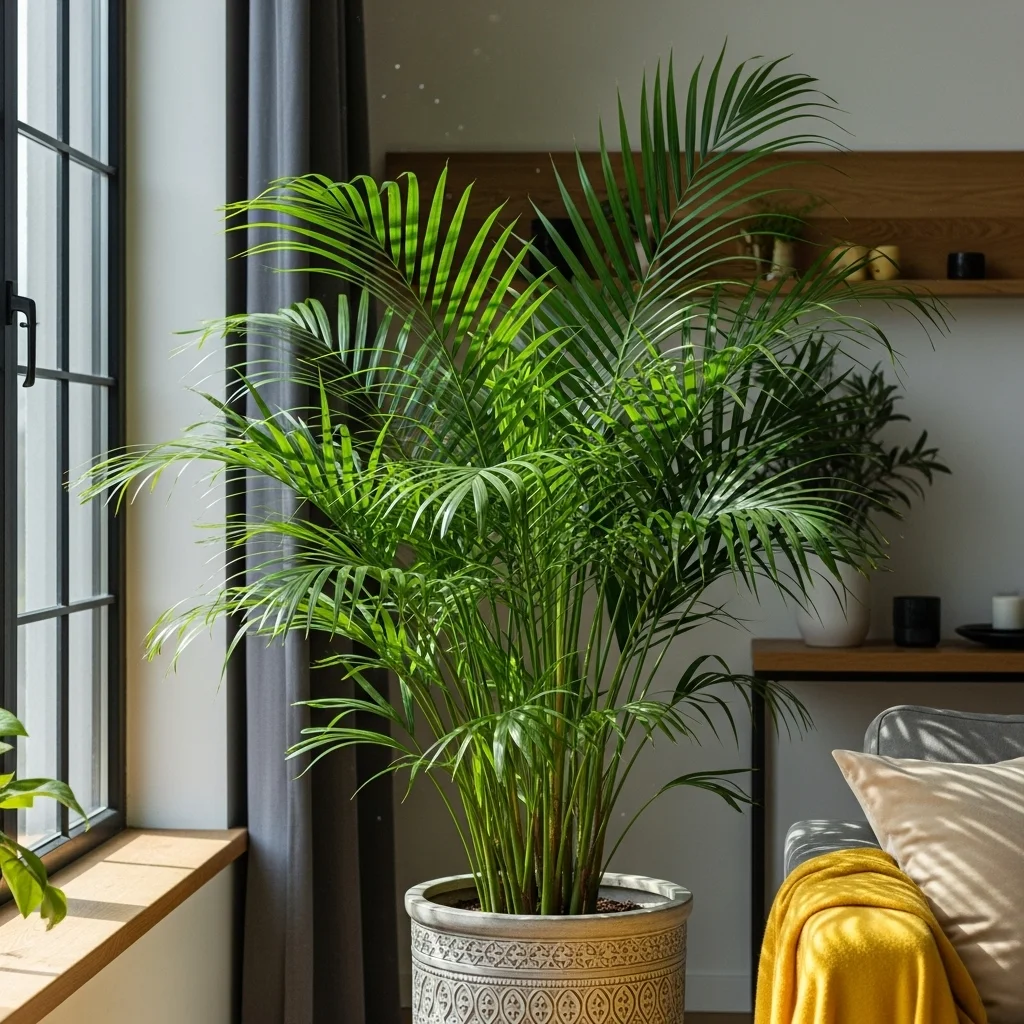
The Areca Palm is a popular indoor plant that doubles as a natural humidifier and mold controller. Its feathery, arching fronds absorb excess moisture in the air, helping to prevent mold from thriving. Areca Palms also filter toxins and add oxygen, making your living space healthier. They prefer bright, indirect light but can adapt to lower light conditions. Keep the soil evenly moist, and you’ll have a stunning, low-maintenance plant that refreshes your indoor air while combating mold.
7. Aloe Vera
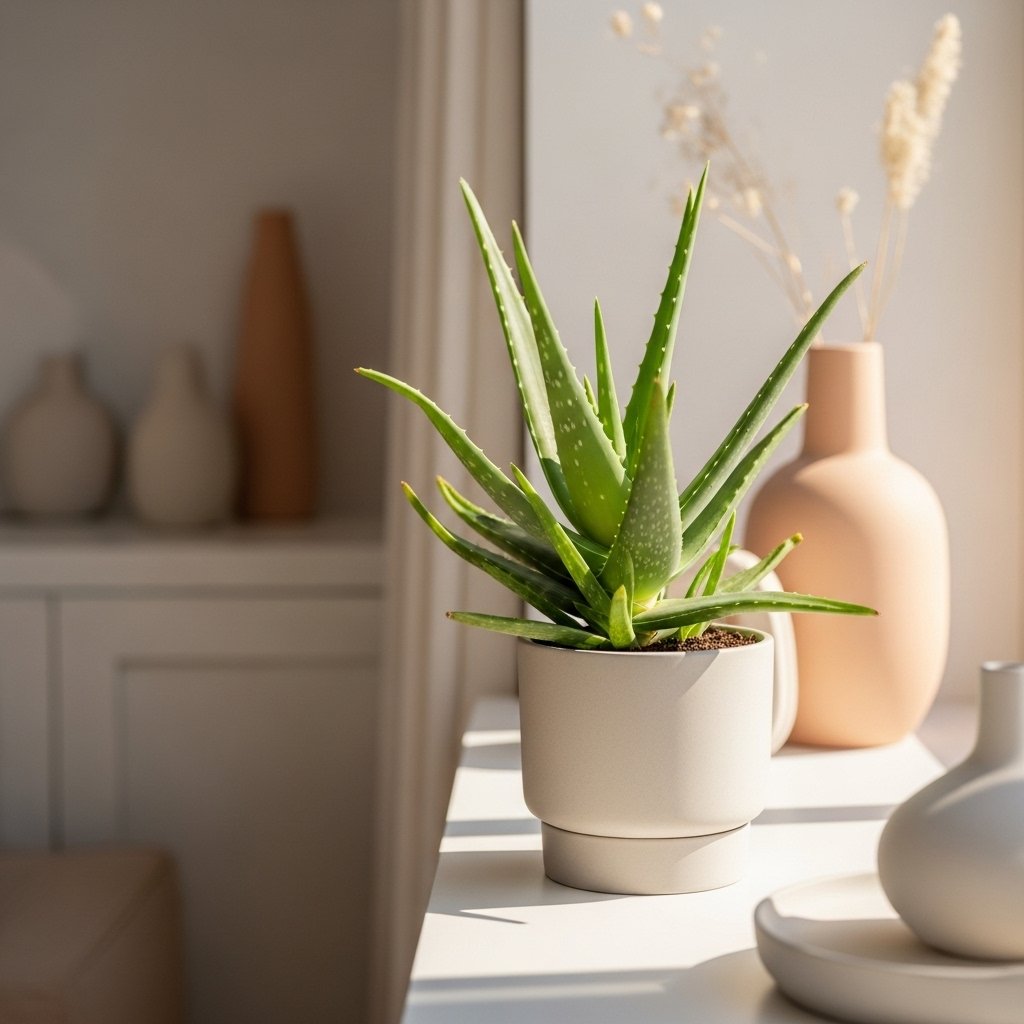
Aloe Vera is not just a medicinal plant; it’s also effective at reducing humidity and purifying the air. Its thick, fleshy leaves store water, which helps regulate moisture levels indoors. Aloe Vera thrives in bright, indirect light and doesn’t require frequent watering, making it easy to maintain. Place it in a bathroom or kitchen where mold is most likely to develop, and it will help absorb excess moisture while adding a sleek, modern touch to your décor.
8. Spider Plant (Chlorophytum comosum)

The Spider Plant is a resilient, air-purifying plant that works wonders in mold-prone areas. Its long, arching leaves absorb moisture from the air, reducing the conditions mold needs to spread. Spider Plants are also effective at filtering toxins like carbon monoxide and formaldehyde. They thrive in indirect light and require only moderate watering, making them one of the easiest plants to care for. Their cascading foliage looks especially beautiful in hanging baskets or elevated planters.
9. Golden Pothos (Epipremnum aureum)
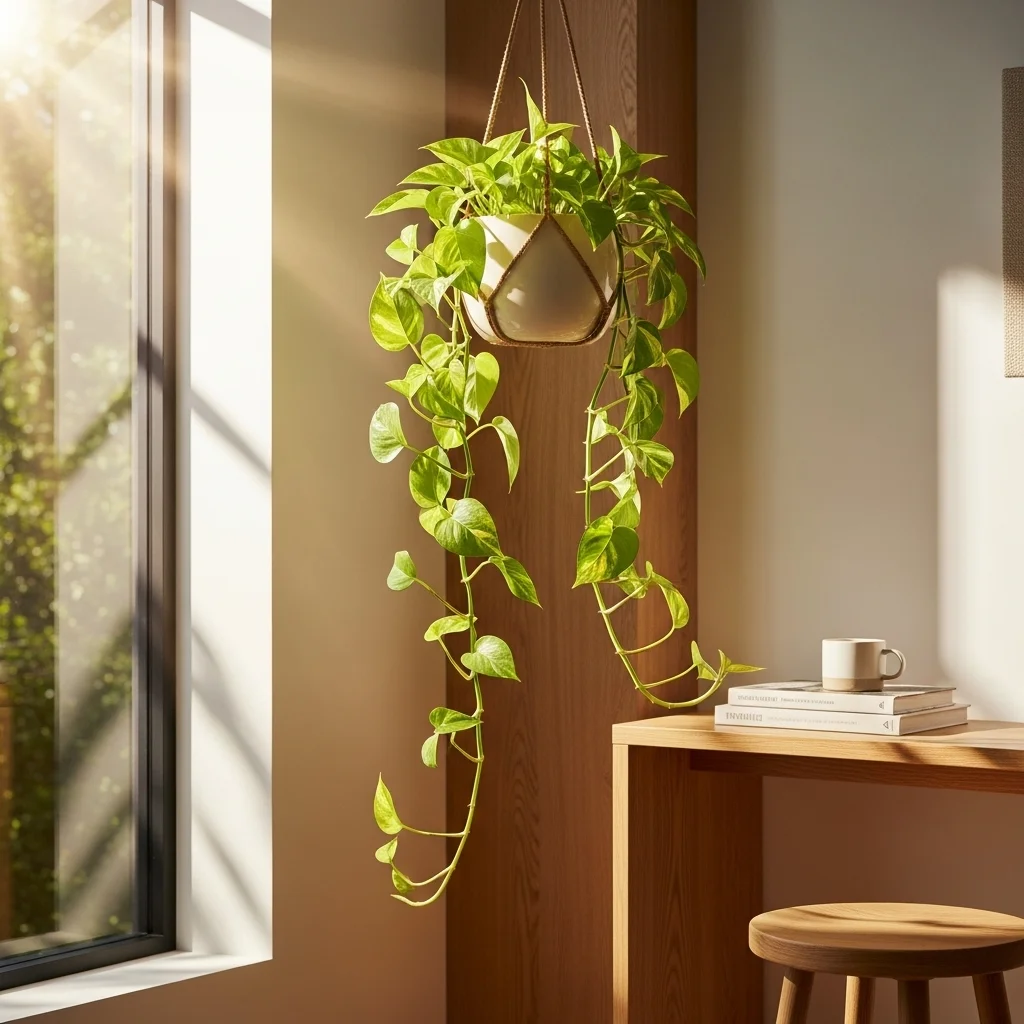
Golden Pothos, often called “Devil’s Ivy,” is a hardy, fast-growing plant that’s excellent for mold control. Its trailing vines absorb moisture and pollutants, helping to keep the air clean and mold-free. Pothos is one of the most forgiving houseplants—it tolerates low light and irregular watering, making it perfect for beginners. Place it on a high shelf or in a hanging pot where it can cascade beautifully while quietly improving your indoor environment.
10. Gerbera Daisy (Gerbera jamesonii)

While not as common as other indoor plants, Gerbera Daisies are powerful mold fighters and air purifiers. Their bright, cheerful blooms add a burst of color while helping remove toxins and excess humidity. They prefer bright, indirect light and slightly moist soil, making them best suited for sunny rooms. With proper care, Gerbera Daisies not only bring vibrancy to your home but also support a mold-free, healthier indoor atmosphere.
Final Thoughts
Adding indoor plants to your home is one of the simplest, most natural ways to combat mold while enhancing your living space. From resilient Snake Plants to vibrant Gerbera Daisies, each of these plants contributes to cleaner, fresher air and a healthier environment. The beauty of these mold-controlling plants is that they require minimal effort yet provide maximum benefits—keeping your home both stylish and safe from mold growth.
By strategically placing these plants in humid spaces like bathrooms, kitchens, or poorly ventilated corners, you’ll reduce mold naturally while enjoying the calming presence of greenery. They don’t just improve the air you breathe—they also elevate your home’s aesthetic and bring a sense of vitality indoors. Investing in these plants is a small step that delivers long-term health and design benefits.

